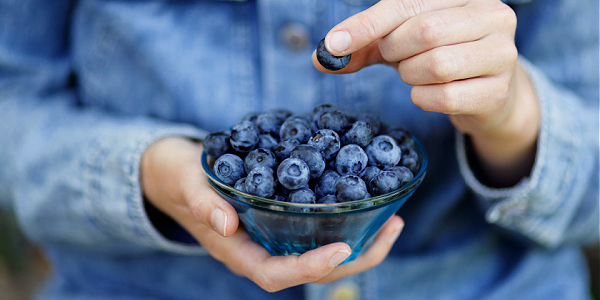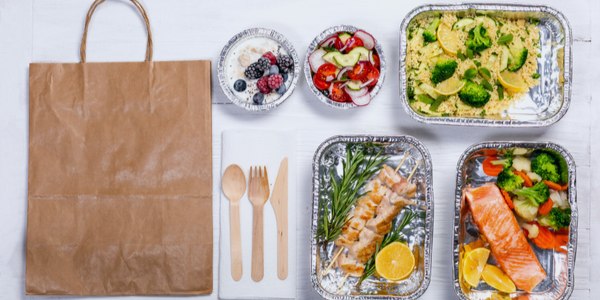
Although the body does need carbohydrates for energy, the general U.S. population eats too much. Unfortunately, the excess carbohydrate doesn't lead to extra energy but the chance for weight gain. Additionally, the majority of people are eating carbohydrate sources high in refined sugars and low in fiber. Fortunately, there are simple substitutions to accommodate low carb eating. Although lower in carbs, the taste will not be compromised and the nutrient content will grow.
6 Easy Substitutions for Low Carb Eating
1. Pancakes
Pancakes and waffles are a high carbohydrate breakfast meal, especially with all the added syrup. Replace the white flour with oats and use cottage cheese as a binder. Although oats are considered a carbohydrate source, they are a whole grain with lots of nutrients and fiber. The added cottage cheese is a great source of calcium as well as protein. A high protein breakfast can keep the belly full until midmorning snack or lunch.
2. White Rice
Rice is a staple in most Asian and Mexican-inspired dishes. Rice is not only a rich carb source but is also often distorted in portion size. A serving size is a half cup cooked, about the size of a rounded handful. Make your own Chinese takeout by using a lean protein paired with quinoa. Quinoa is a whole grain that also acts as a significant source of protein. Bulk the meal up with steamed veggies for a complete low carb meal rich in nutrients.
3. Pasta
Yes, whole grain noodles are filled with nutrients. But when it comes to pasta, the portion sizes are exceeded more times than none just like rice. To not overdo it with the carbs, use a spaghetti squash. The flesh of a cooked spaghetti squash is almost identical to pasta noodles and contains only 40 calories and 10 grams of carbohydrate per one cup. Make a lean ground beef tomato sauce, a chicken pesto sauce, or lightly drizzle with olive oil and sprinkled cracked pepper for a variety of flavors.
4. Pizza Crust
Use zucchini slices as the pizza crust to significantly reduce carb content while reaping nutritional benefits. Although the texture will not be quite the same, the zucchini slices will still act as a base to hold all of the tasty pizza toppings. Layer with pizza sauce, desired toppings, and low-fat mozzarella cheese along with sprinkles of oregano. Bake the slices until the zucchini is tender and the cheese is melted and golden. Pair the zucchini pizzas with a side salad for low carb eating.
5. Sandwiches
Sandwiches can be a convenient lunchtime choice filled with protein and veggies. Unfortunately, though, most sandwiches feature long sub or thick breads to house gobs of cheese and high-fat sauces and dressings. To help reduce the carbohydrate content, use large romaine lettuce leaves to replace the bread, known as a lettuce wrap. If that is too much of a jump for you, pile veggies and sliced turkey on a sandwich thin or whole grain tortilla. Compared to a large deli sub or focaccia bread, a sandwich thin or tortilla can dramatically reduce the total carb content.
6. Mashed Potatoes
To some, potatoes are a vegetable. Although technically correct, they are considered a starchy vegetable high in carbohydrate. Oddly enough, cauliflower can take a potatoes spot beside that turkey dinner. Cook cauliflower for about 12 to 15 minutes or until tender. Drain the cauliflower of any excess water and mix in milk, a dab of lightly salted butter, and a dollop of plain, nonfat Greek yogurt. Mash altogether until it looks like the consistency of mashed potatoes. Not only will the substitution of cauliflower reduce the carbohydrate content, replacing sour cream with Greek yogurt can increase the protein content.







